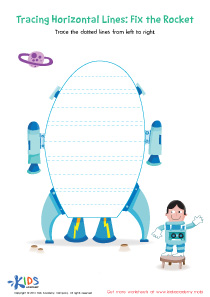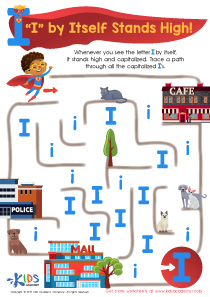Visual discrimination Normal Alphabet Worksheets for Ages 4-9
4 filtered results
-
From - To
Enhance your child's reading readiness with our Visual Discrimination Normal Alphabet Worksheets designed for ages 4-9! At Kids Academy, we provide a collection of engaging exercises that boost your child's ability to distinguish between different letters and sounds. These worksheets are perfect for developing critical visual discrimination skills, essential for reading and writing. Each activity is crafted to keep young learners intrigued and motivated. Whether at home or in the classroom, these exercises offer a fun challenge for kids, promoting confidence and academic success. Visit Kids Academy to explore our alphabet worksheets and kickstart your child's educational journey today!


Find Lowercase Letters g h i Worksheet
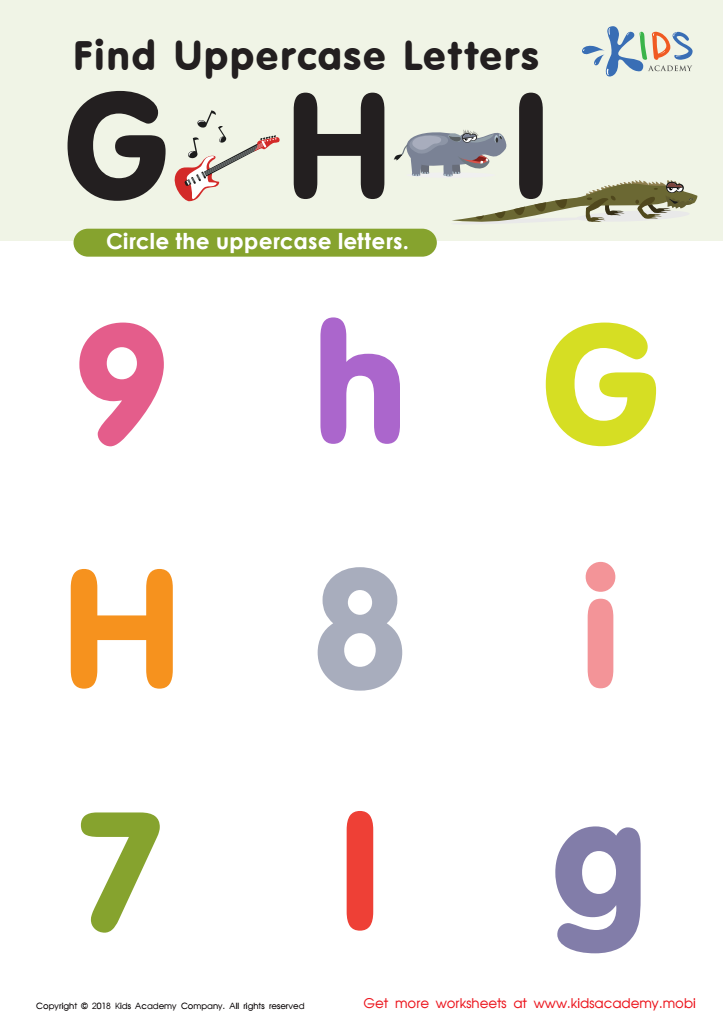

Find Uppercase Letters G, H, and I Worksheet
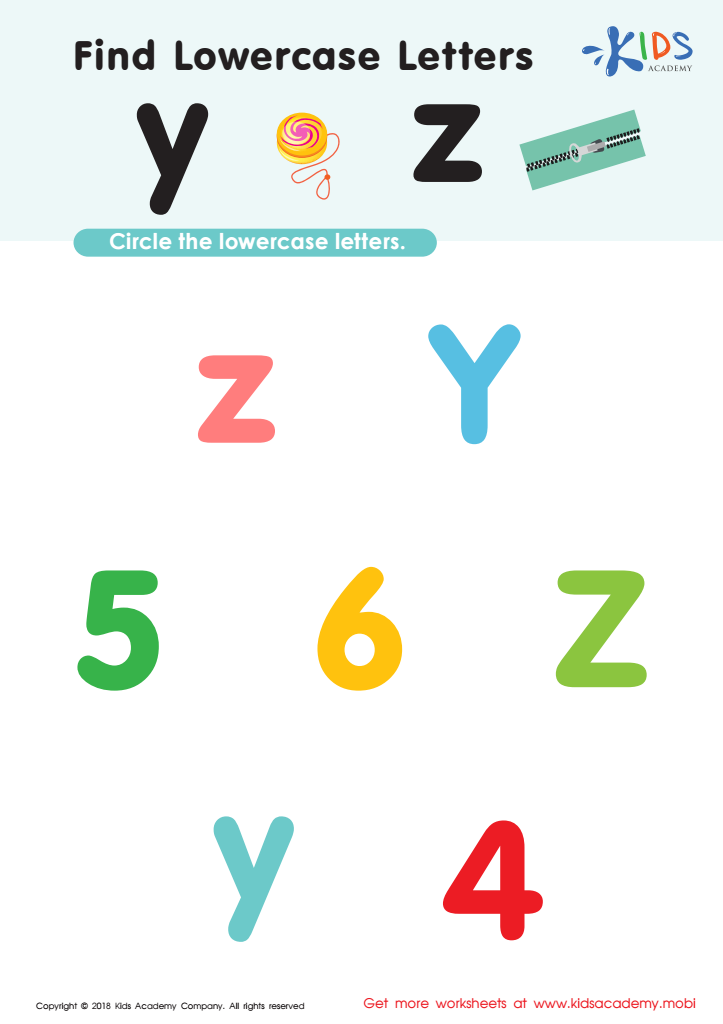

Find Lowercase Letters y z Worksheet
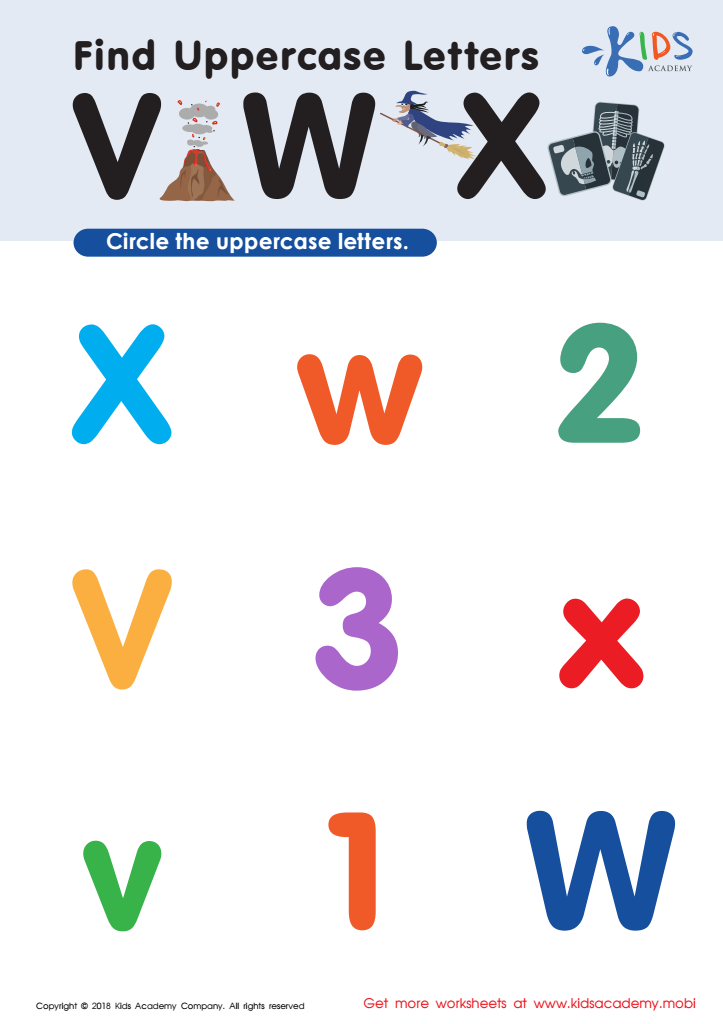

Find Uppercase Letters V, W, X Worksheet
Visual discrimination in recognizing the alphabet is crucial for children aged 4-9 as it forms the foundation for reading and writing skills. Visual discrimination refers to the ability to see differences and similarities in shapes, letters, and symbols. When children can correctly identify and differentiate letters, they are better prepared to understand that each letter represents a unique sound.
Strong visual discrimination skills help children recognize words more quickly, which is essential for fluency in reading. It also aids in spelling, as children learn to notice and replicate the specific order and structure of letters in words. This foundational skill helps reduce the likelihood of letter reversals or confusion, such as mixing up 'b' and 'd', which are common in early learning stages.
For parents and teachers, fostering these skills through games, exercises, and consistent practice can significantly impact a child's academic success. Activities like matching games, tracing letters, and puzzles can make this learning process engaging and effective. Since reading proficiency strongly correlates with overall academic achievement, ensuring that children develop strong visual discrimination skills can lead to greater self-confidence and a more positive attitude towards learning. Investing time in this area sets a solid groundwork essential for lifelong literacy.

 Assign to My Students
Assign to My Students










